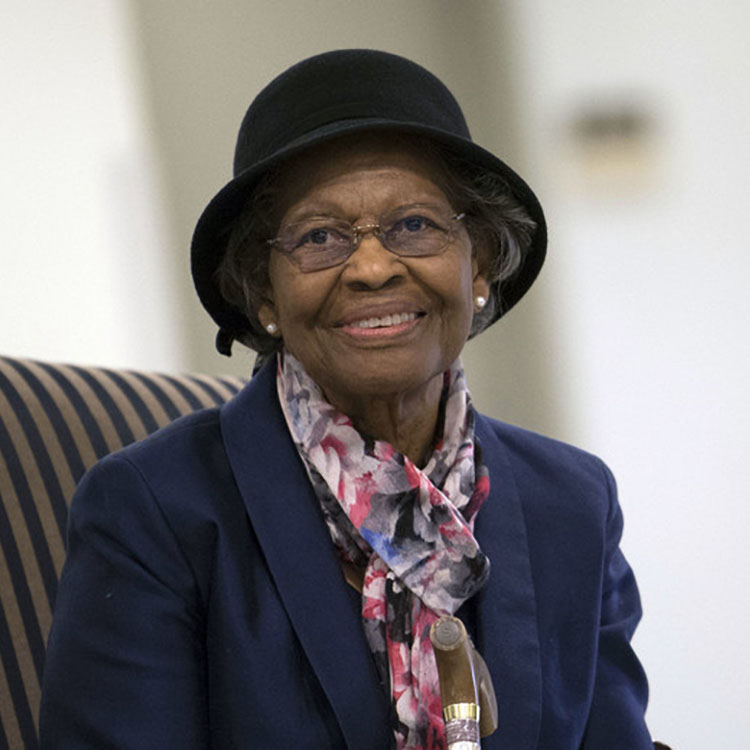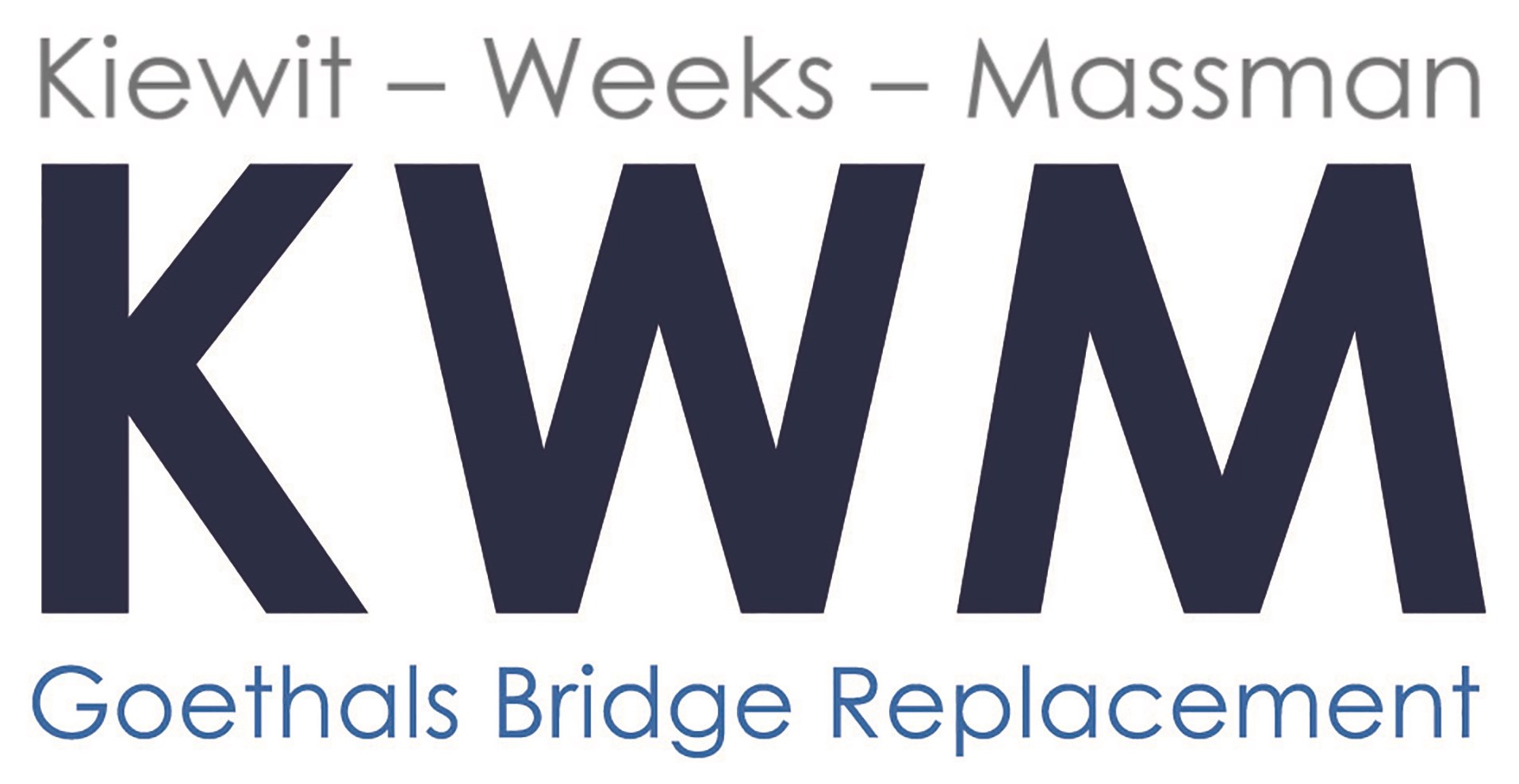How Dr. Gladys West Made GPS Possible
02/15/2024

By Swapna Krishna
The STEM fields are full of significant innovators who sadly never got the recognition they deserve. These people, many of whom are under-recognized female scientists, were pioneers in their fields. They achieved great things but didn’t receive due credit because they were women of color (and often specifically Black women). In the 1950s and 60s, many Black women worked as engineers and “human computers,” enabling the dawn of the space age and the era of modern computing.  Dr. Gladys West is one of STEM’s hidden trailblazers. She helped develop technology that contributed to the creation of the Global Positioning System, or GPS, which revolutionized modern society. Her contributions have been hidden for too long. We’re excited to discuss both Dr. Gladys West and the ins and outs of how GPS works. Dr. Gladys West is one of STEM’s hidden trailblazers. She helped develop technology that contributed to the creation of the Global Positioning System, or GPS, which revolutionized modern society. Her contributions have been hidden for too long. We’re excited to discuss both Dr. Gladys West and the ins and outs of how GPS works. How Does GPS Work? How Does GPS Work? When we’re going about our daily lives, we use GPS constantly but don’t really think about what it is. How does GPS work? The United States’ GPS relies on a constellation of thirty-one satellites in Earth orbit (other countries have their own GPS systems), according to the FAA. They work in concert with ground stations that pinpoint the precise position of these satellites at any given time. Receivers are what we utilize (our phones, car infotainment systems, etc.) to access the GPS network. When we’re going about our daily lives, we use GPS constantly but don’t really think about what it is. How does GPS work? The United States’ GPS relies on a constellation of thirty-one satellites in Earth orbit (other countries have their own GPS systems), according to the FAA. They work in concert with ground stations that pinpoint the precise position of these satellites at any given time. Receivers are what we utilize (our phones, car infotainment systems, etc.) to access the GPS network. . .
Receivers are able to listen for signals from this satellite constellation. After communicating with a minimum of four separate satellites, they can pinpoint a user’s location to within seven meters, with about ninety-five percent accuracy.
Dr. West’s Background
Born in 1930 in rural Virginia, Dr. Gladys West was the daughter of Black sharecroppers and worked the fields as a child. She knew education was her way to a different life, so through hard work, she excelled and received a scholarship to college. She earned an undergraduate degree in mathematics and continued on to pursue a master’s degree.
In 1956, she began her career at the United States Naval Weapons Laboratory. Her role was to collect and process data from satellites, which she used to help pinpoint their exact locations in space. This experience as a “human computer” helped Dr. Gladys West lay the foundations for the modern technology of GPS.
Dr. West’s Contributions to the Development of GPS
Dr. Gladys West continued to work for the Navy and moved up through the ranks due to her hard work and diligence. She participated in an award-winning study that examined the motion of Pluto relative to Neptune, which helped her understand the movement of planetary bodies and how they act upon one another. She received a commendation from her department head in 1979, which led to her becoming a project manager. Dr. West oversaw Seasat, the first satellite to track the oceans, which helped her see how tidal forces affect the shape of the Earth.
As part of the Seasat team, she re-configured an IBM computer to calculate the geometric size and shape of the Earth much more efficiently. She was the first person to take all of the information we have on the Earth’s movement and the forces that act upon the Earth and input them into a computer to create a precise mathematical model of our planet.
Because the Earth is in constant motion, with gravitational, tidal, and other forces acting upon it and changing its shape from one second to the next, it’s very hard to pinpoint the shape of the Earth with accuracy—and harder still to identify the precise location of anything on it. That’s why Dr. Gladys West’s contributions were revolutionary. She made it possible to create an accurate geodetic model of the Earth. GPS needs to take all of these seemingly small factors into account in order to work.
Are you interested in all things related to technology? We are, too. Check out Northrop Grumman career opportunities to see how you can participate in this fascinating time of discovery. Swapna Krishna operates at the intersection of technology, space, science, and pop culture. She's the host of PBS’s latest YouTube show Far Out, focused on the next few decades in science and technology. She is a journalist, writer, communicator, and editor specializing in the geek space. She posts space and science videos on TikTok, Instagram, Facebook, YouTube, and Twitter. She's a regular contributor at StarTrek.com and StarWars.com, She covers sci-fi for New Scientist, books and video games for NPR, and she writes a biweekly video games column at Wired called Casual Gamer. Her writing has appeared in outlets such as The Verge, Polygon, Fast Company, The Los Angeles Times, The Boston Globe, Business Insider, Slate, and more.
Source:Northrop Grumman
Back To News |
||
|
|
||
|
© 2024 Small Business Exchange, Inc. |
||














